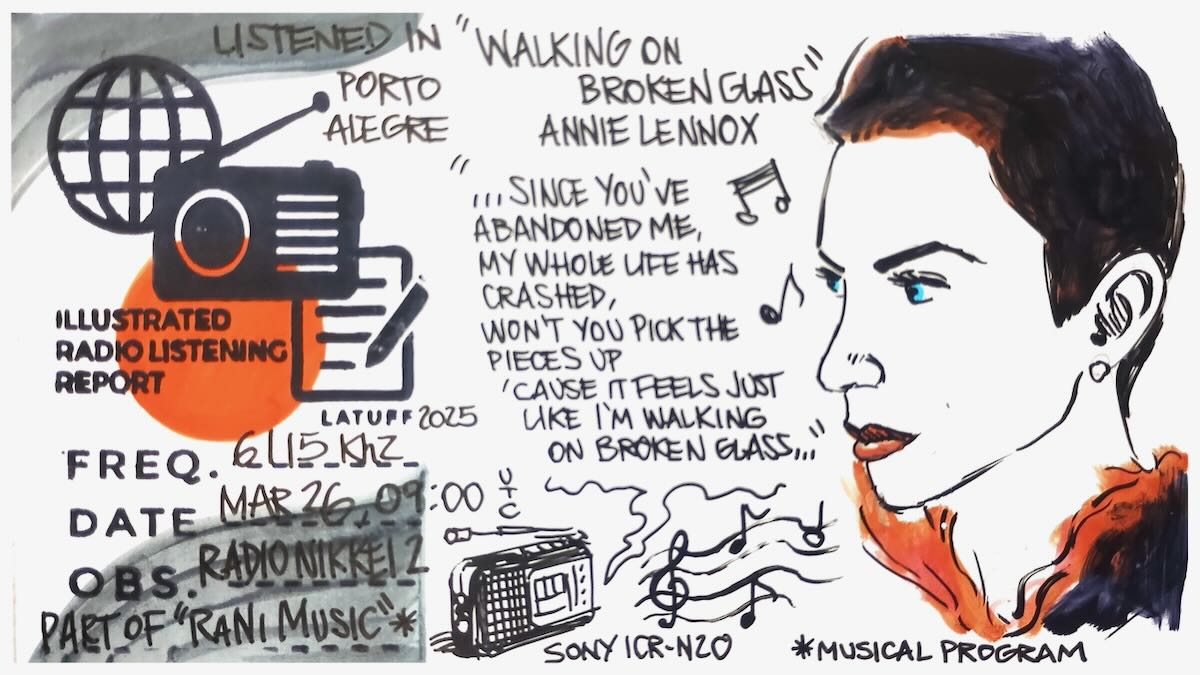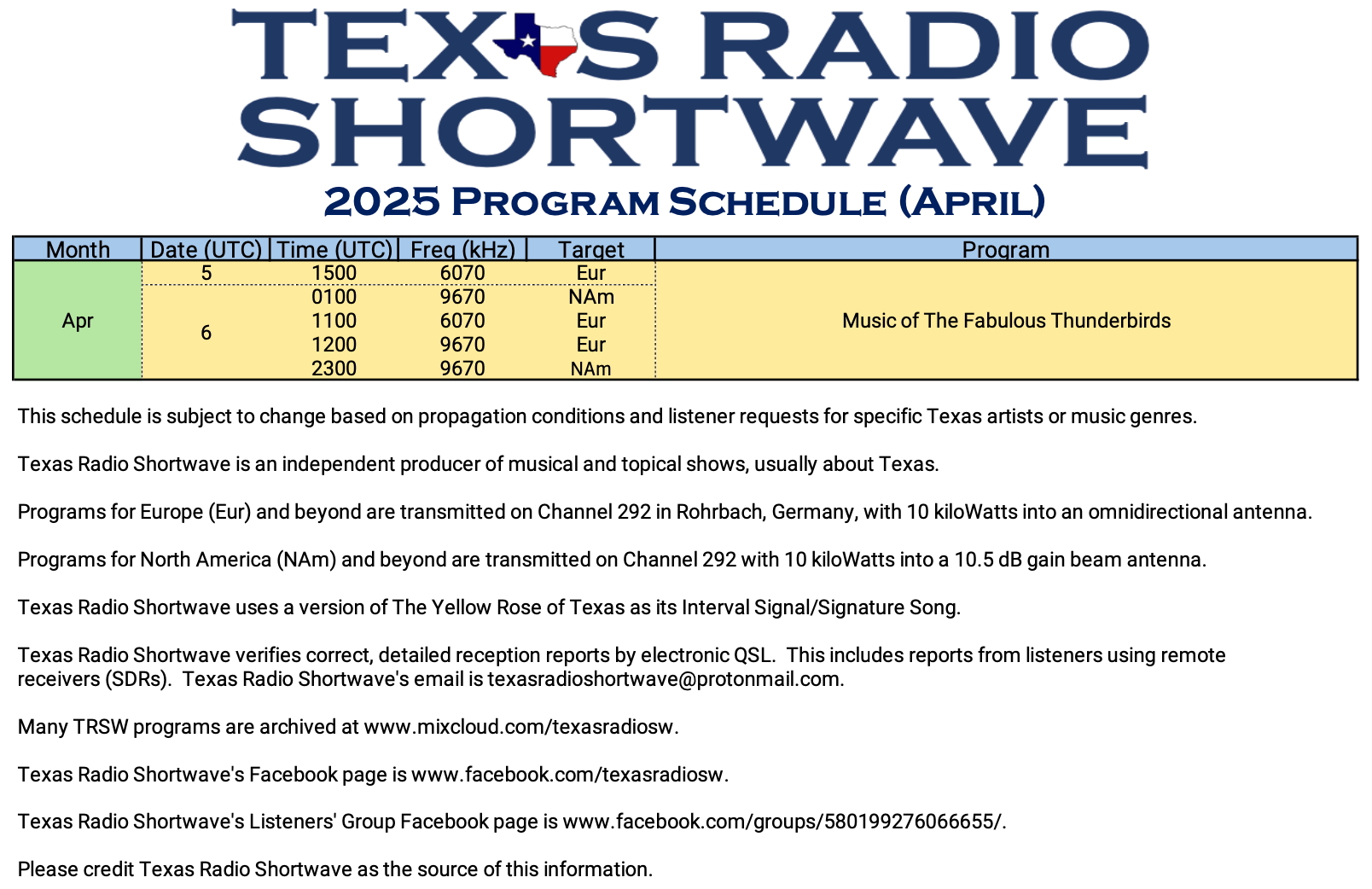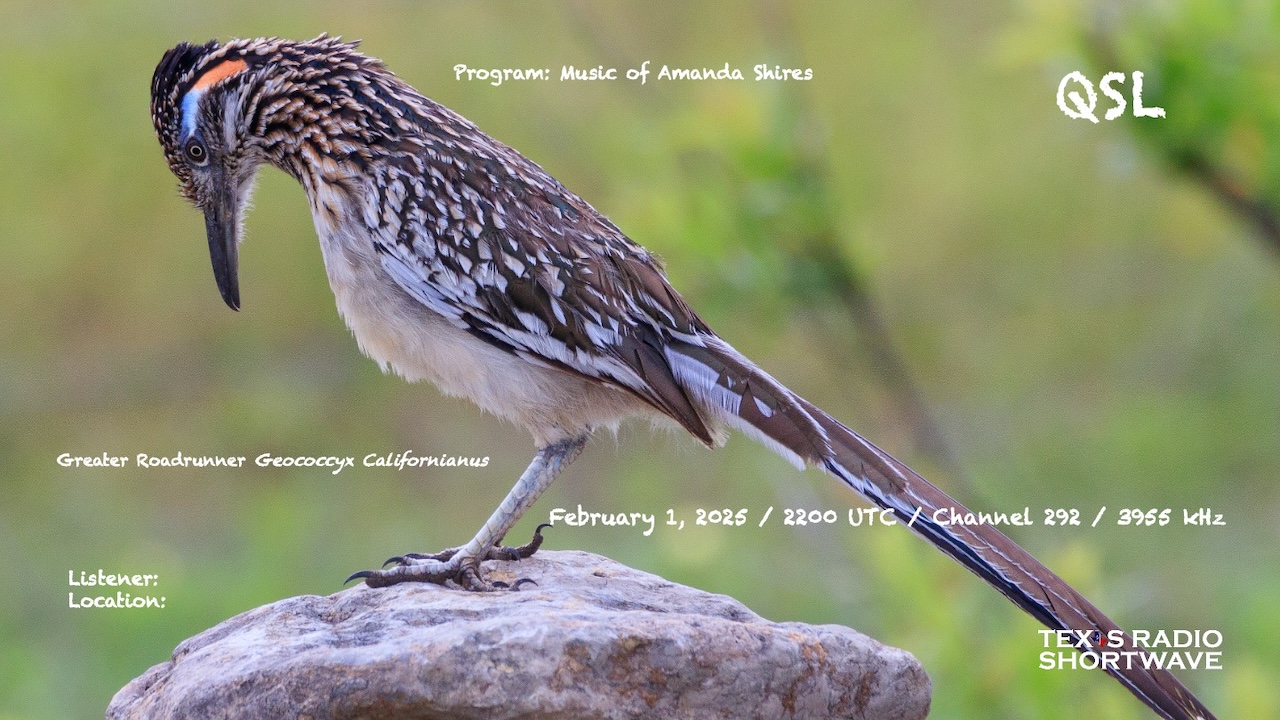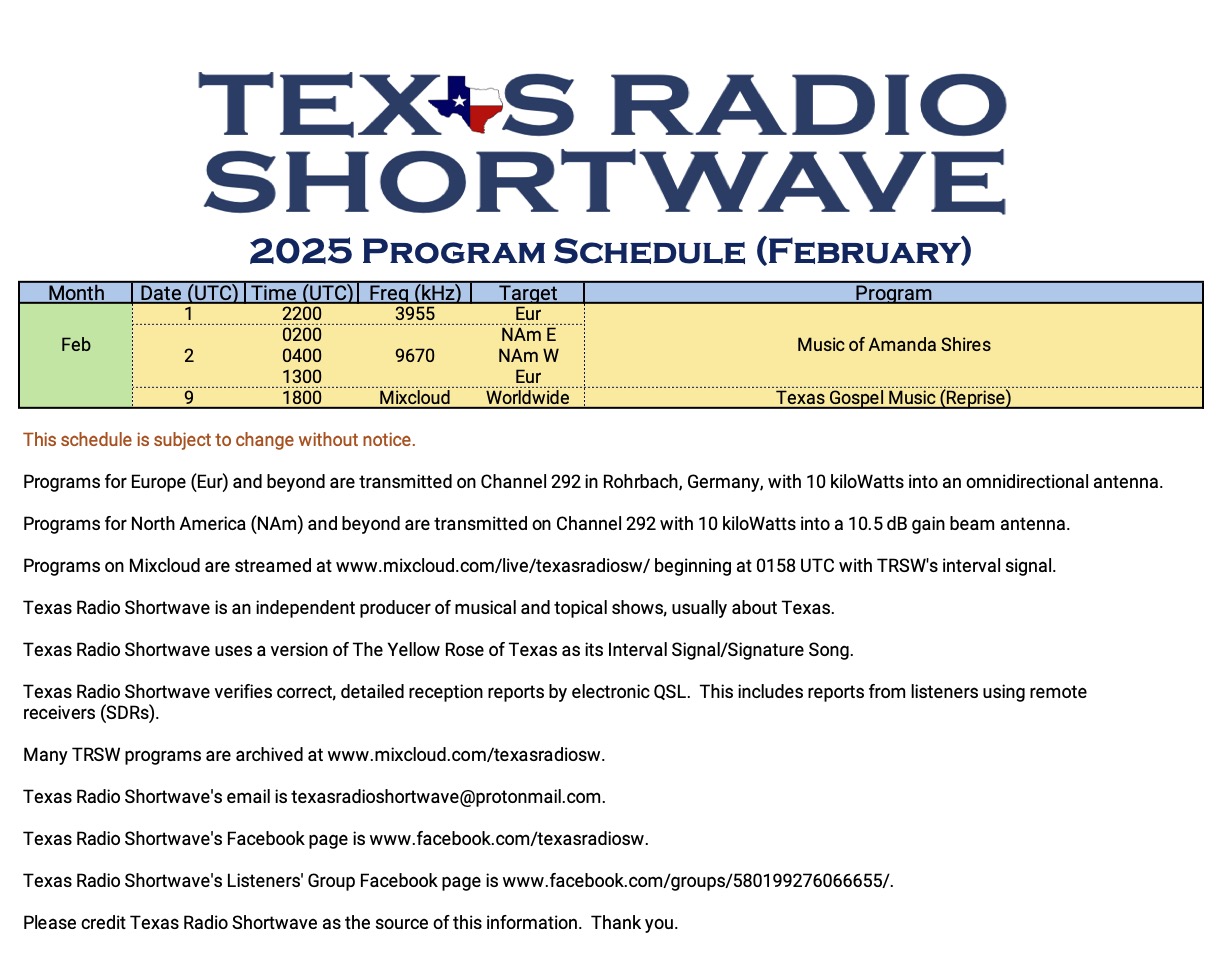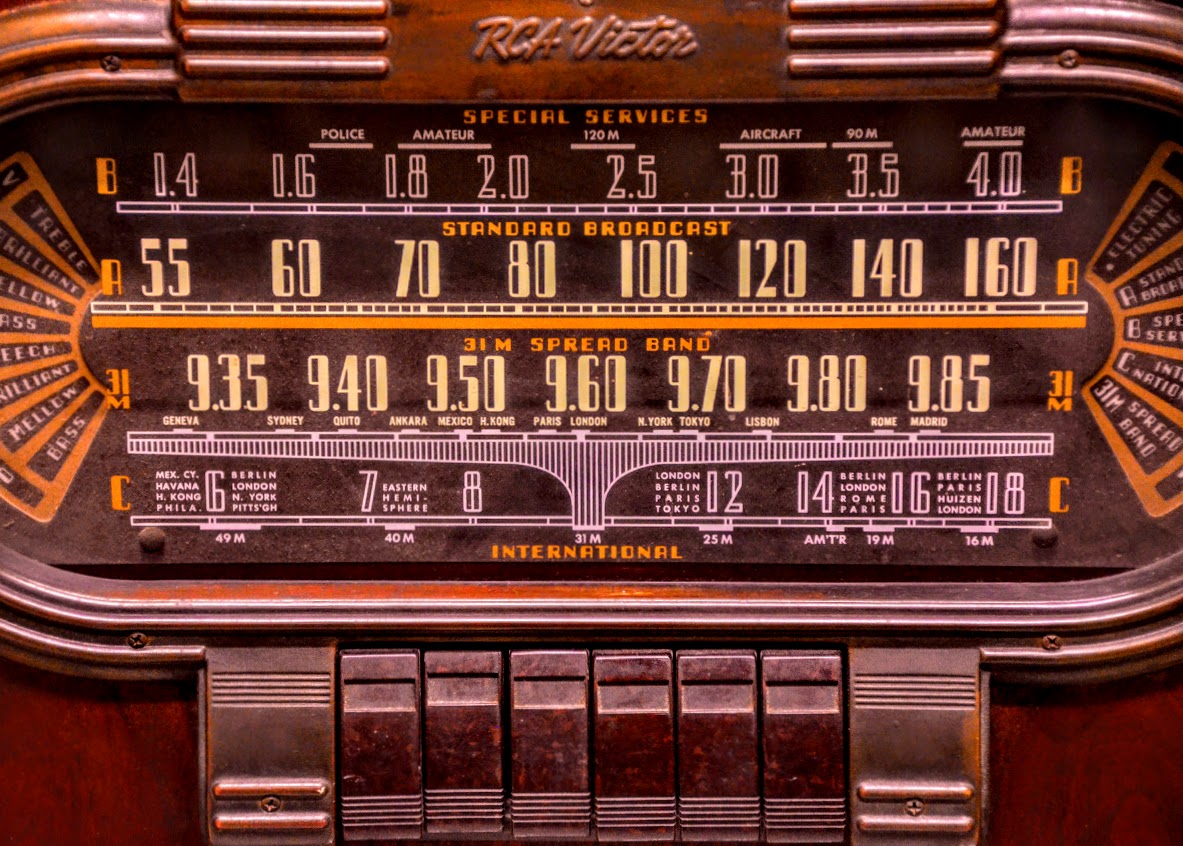
Many thanks to SWLing Post contributor, Bill Tilford, who shares the following update:
There are some schedule changes for April 2025 in From the Isle of Music and Uncle Bill’s Melting Pot:
From the Isle of Music, April 2025 (NOTE NEW SCHEDULE)
April’s program will feature a tribute to one of the giants of Cuban timba, Paolo FG, who recently passed away in a tragic accident. We hope to have some special guests.
Friday, April 11:
6070 kHz at 1700 UTC
3955 at 2100 UTC
Sunday, April 13:
9670 kHz at 1800 UTC using beam E (repeat of April 11 episode).
Uncle Bill’s Melting Pot, April 2025 (NOTE NEW SCHEDULE)
April’s program will feature mainly music from Lesotho with some helpful recommendations from its embassy in the US and will air as follows:
Friday, April 18:
6070 kHz at 1700 UTC
3955 at 2100 UTC
Sunday, April 20:
9670 kHz at 1800 UTC using beam E (repeat of April 18 episode).
**In addition to direct radio reception, both programs honor reception reports using remote SDRs as long as the whole program is described and which SDR is specified.


